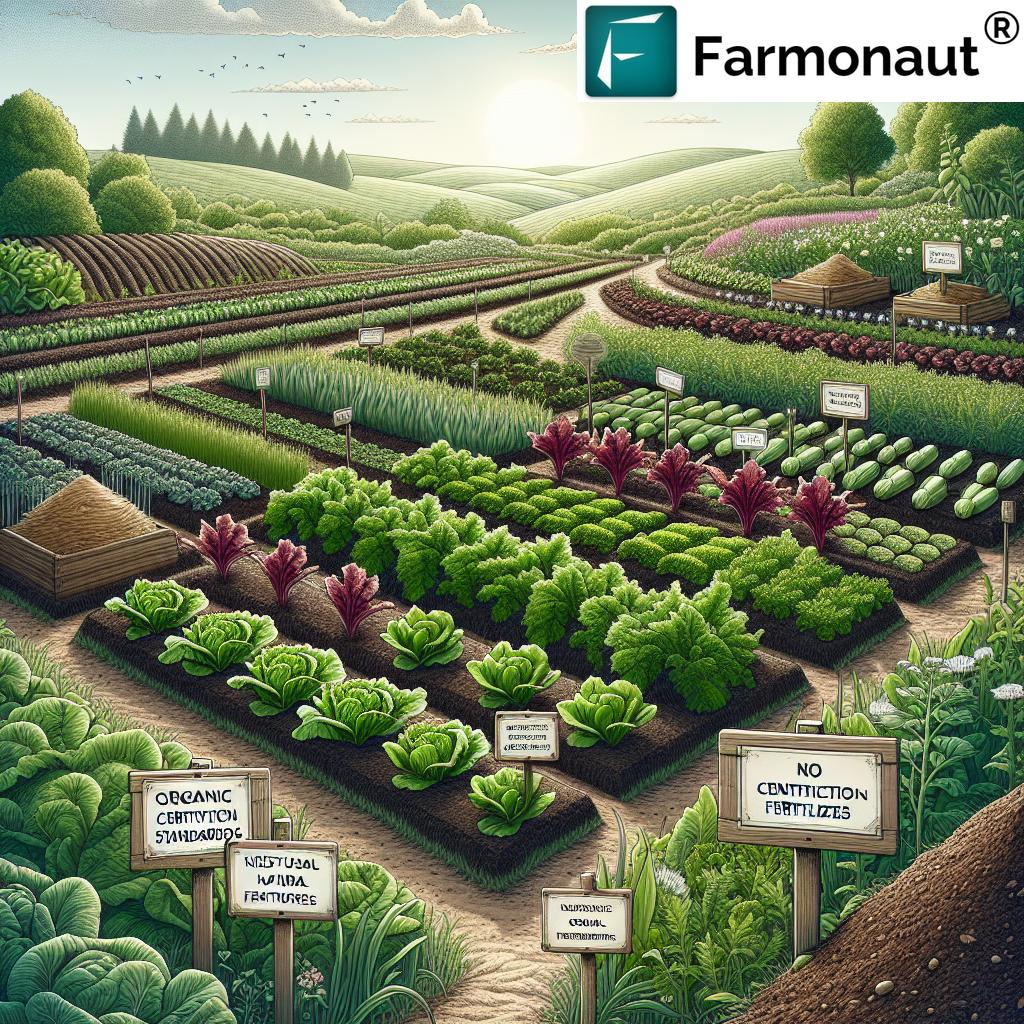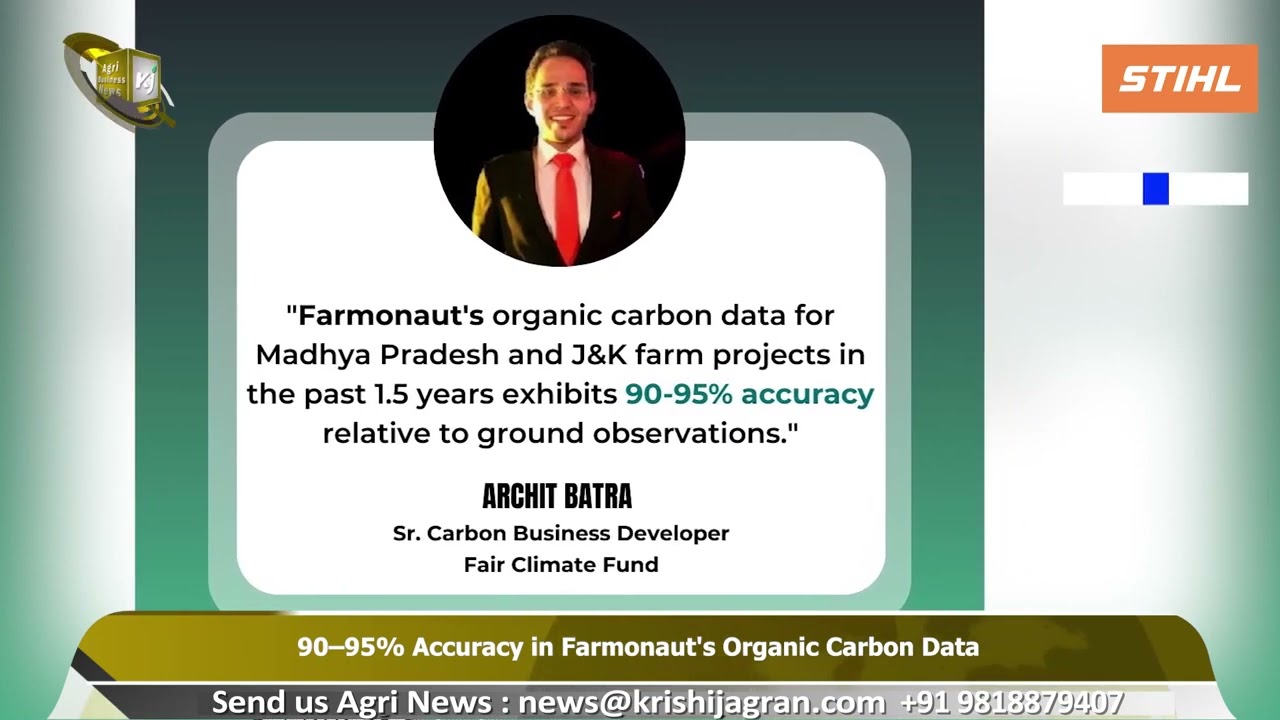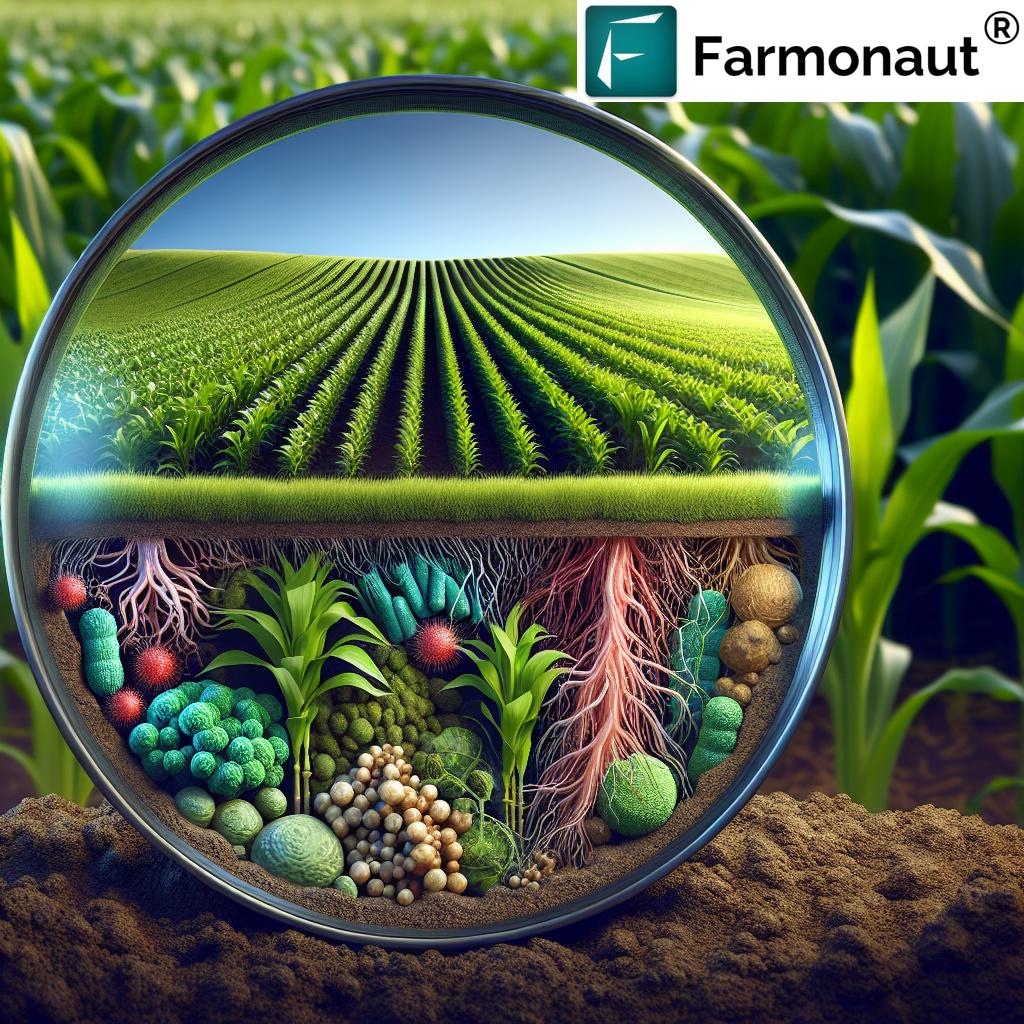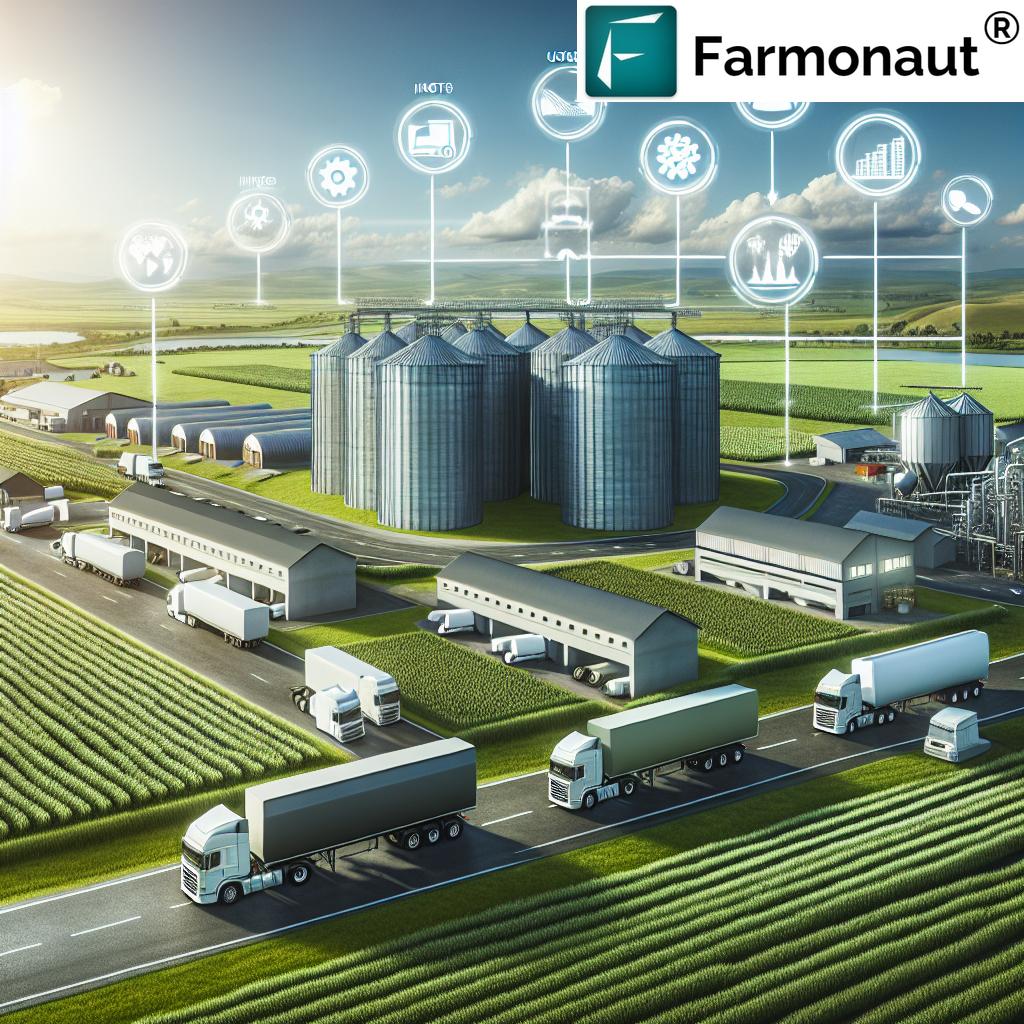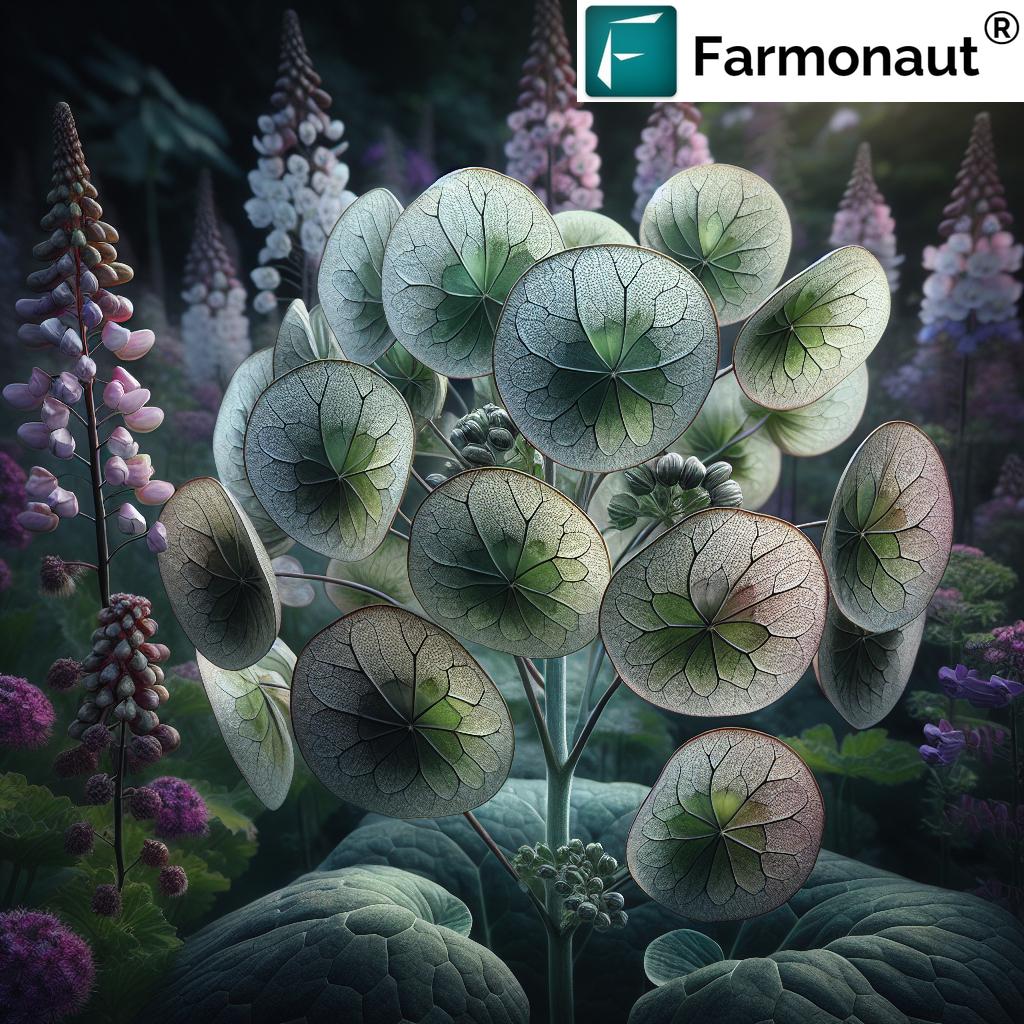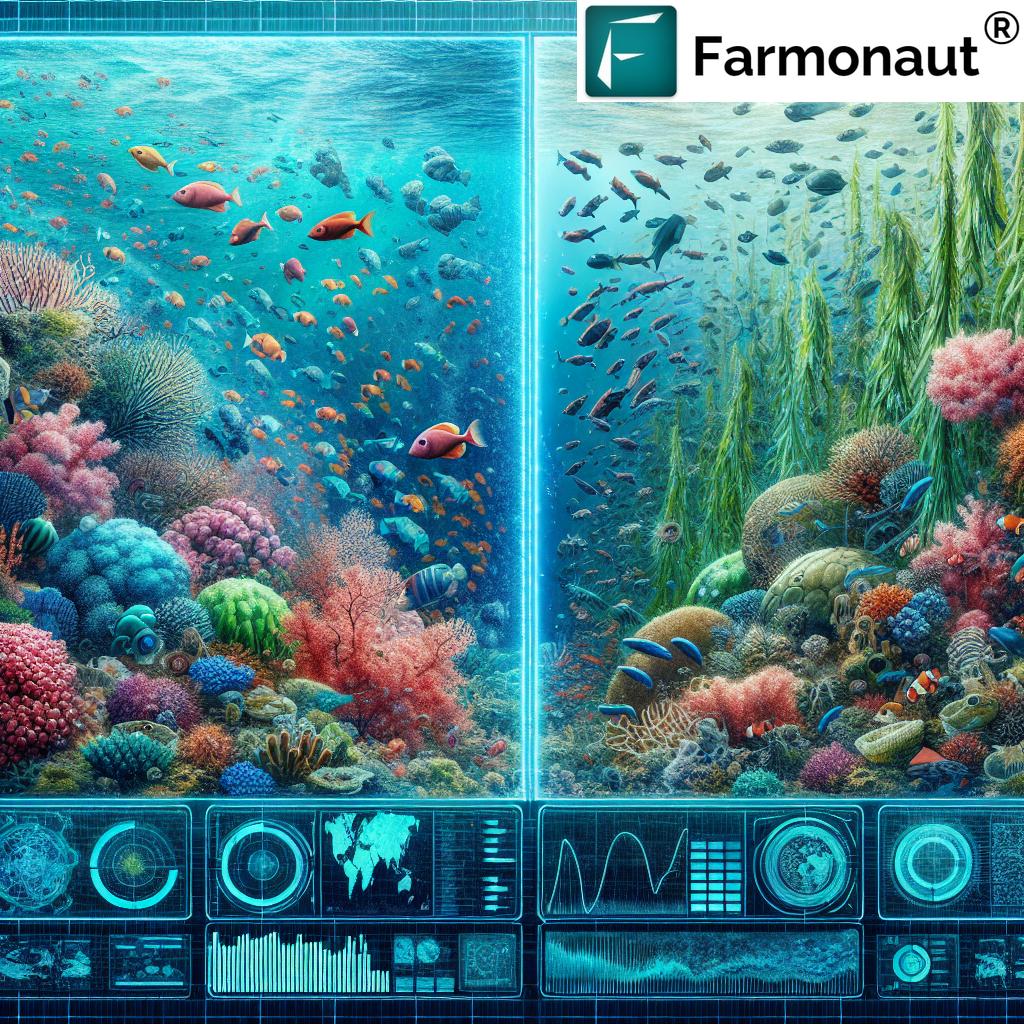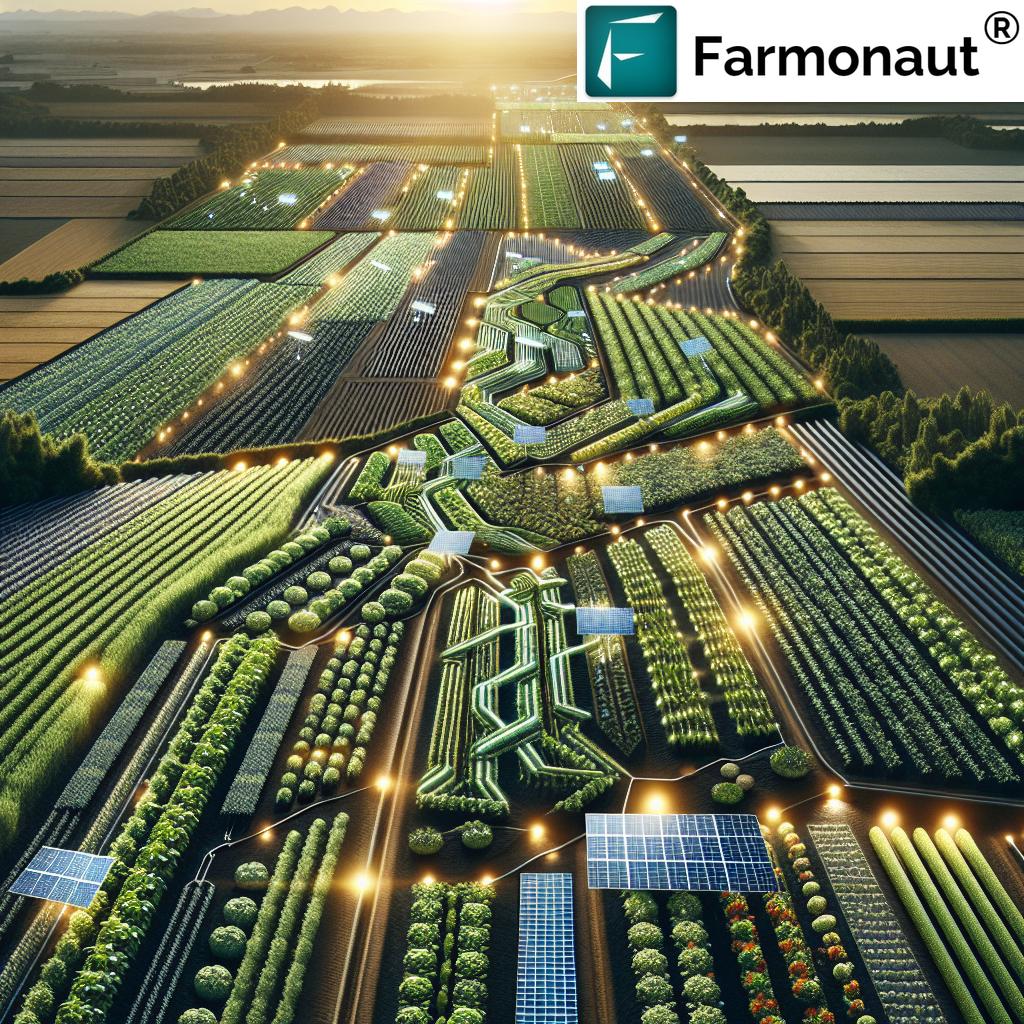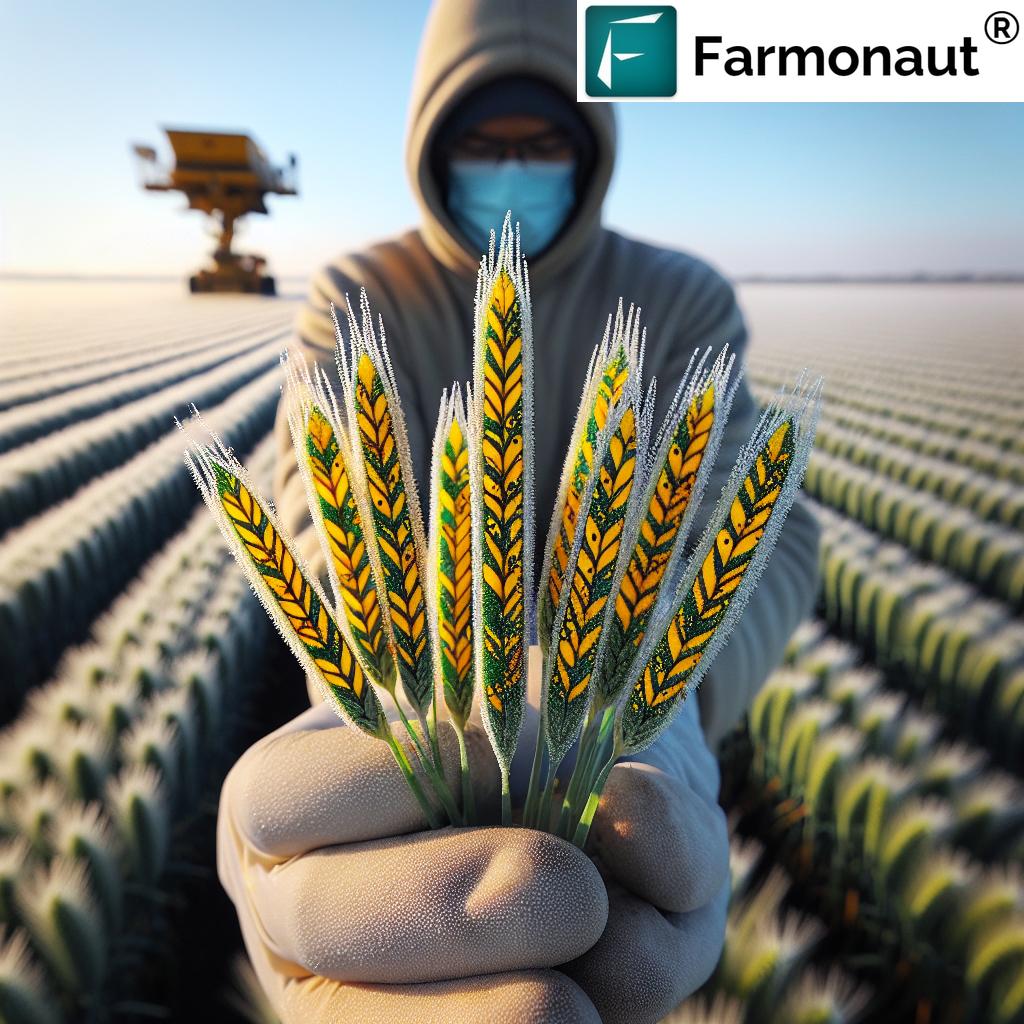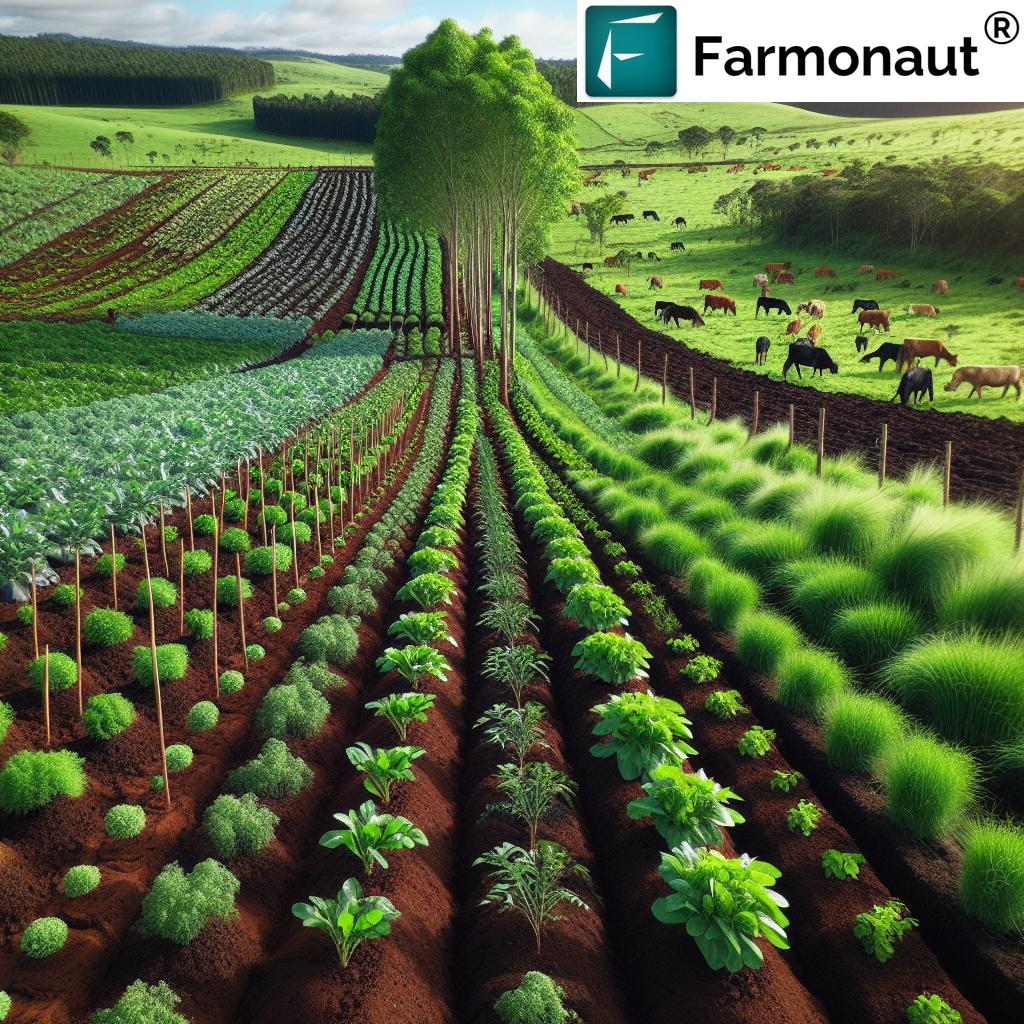Organic Farming vs Sustainable Agriculture: Key Pros & Cons
“Over 70% of organic farms use crop rotation to boost soil health, compared to 45% in conventional systems.”
Organic Farming vs. Sustainable Agriculture: A Comprehensive Analysis
In the modern quest for environmentally friendly farming and health-conscious agricultural production, two concepts dominate discussions: organic farming and sustainable agriculture. Both aim to ensure soil health, resource conservation, and ecological balance, but their approaches, standards, and philosophies vary considerably. As the world accelerates towards solutions for soil degradation, resource scarcity, and climate change, understanding the key differences, benefits, and challenges of these methods is paramount.
This detailed analysis will help you grasp the distinctions and intersections between organic farming practices and sustainable agriculture methods. We discuss prerequisites like soil health and fertility, environmental, economic, and social impacts, certification standards, global examples (including Sri Lanka and Africa), and the role of innovative technologies in enabling resource efficiency in agriculture.
Definitions: Organic vs Sustainable Agriculture
Defining Organic Farming
Organic farming is an agricultural system built around natural processes, biodiversity, crop rotations, and locally-adapted cycles. The core philosophy is to use natural inputs—such as compost, green manures, and crop residues—to maintain soil fertility and control pests. Critically, organic farming excludes synthetic fertilizers, pesticides, herbicides, and genetically modified organisms (GMOs). Instead, it emphasizes biological methods for resource management and supports ecosystem health, making it a prime example of environmentally friendly farming.
- No synthetic inputs: No chemical pesticides, herbicides, or GMOs.
- Focus on natural cycles: Heavy reliance on crop rotations, cover crops, composting, and manure management.
- Certification requirements: Must comply with rigorous certification standards (like USDA Organic or EU Organic).
Understanding Sustainable Agriculture
Sustainable agriculture is a broader agricultural system aiming to meet current food needs without compromising the ability of future generations to meet theirs. It integrates environmental health, economic profitability, and social equity. This means focusing not just on environmental considerations (like biodiversity and resource conservation) but also on labor, profitability, and community well-being. Sustainable agriculture encourages resource efficiency and may include both conventional and organic practices, as well as judicious use of technology.
- Multidimensional approach: Balances environment, economy, and society.
- Diverse methods: Encompasses organic methods, integrated pest management, precision technology, and more.
- No single certification: Lacks a universal standard; practices vary by region and philosophy.
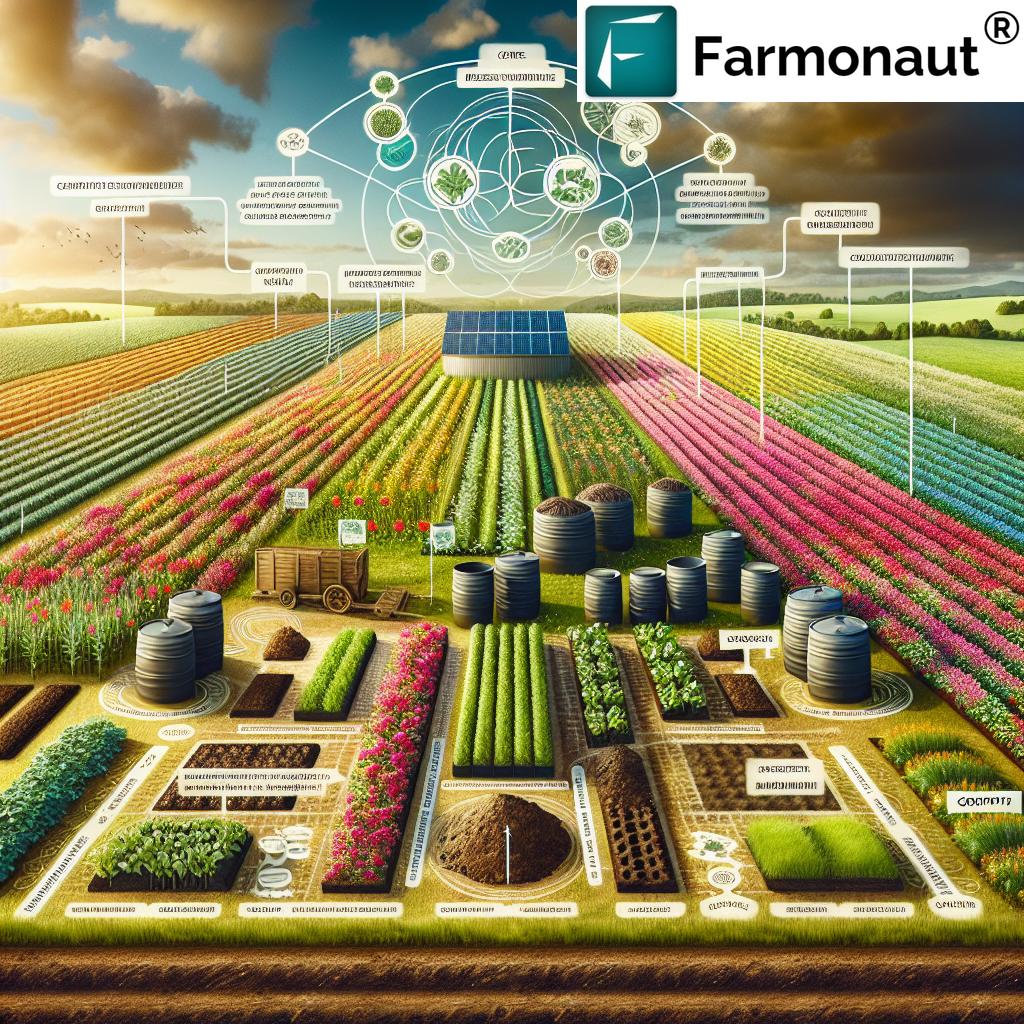
Did you know?
“Sustainable agriculture can reduce water usage by up to 50% compared to traditional farming methods.”
Key Differences Between Organic Farming and Sustainable Agriculture
While organic farming and sustainable agriculture often overlap, there are crucial distinctions in philosophy, certification standards, and allowed practices. Below are three core differences:
1. Scope and Definition
- Organic farming practices focus primarily on the exclusion of synthetic inputs (like chemical fertilizers and GMOs) and require adherence to formalized standards.
- Sustainable agriculture methods are broad, integrating environmental, economic, and social goals, and do not necessarily exclude all synthetic or technological interventions as long as they’re ecologically balanced.
2. Certification and Standards
- Organic farming: Mandates certification—producers must meet organic certification standards (USDA, EU, etc.). Farms are audited for compliance.
- Sustainable agriculture: No uniform global system; standards vary. Emphasis may be self-adopted or linked to broader environmental benchmarks.
3. Use of Technology and Inputs
- Organic: Limits technology—disallows GMOs, most synthetic fertilizers, pesticides, and herbicides. Focus is on natural cycles and biological methods.
- Sustainable: Encourages innovation—uses technology (e.g., carbon footprinting tools), precision irrigation, no-till, sometimes even selected synthetic inputs if they help environmental and economic goals.
Quick Comparison
- Organic farming = strict, natural input-based system governed by certification.
- Sustainable agriculture = outcome-oriented approach prioritizing long-term balance, can include a broader range of methods.
Benefits of Organic Farming
Investing in organic farming practices yields several environmental and health benefits, as well as some social and economic advantages:
Environmental Benefits
- Soil health and fertility: Organic methods improve soil structure, foster beneficial organisms, maintain cycles of nutrients, and enhance long-term resilience via composting, green manure, and reduced tillage.
- Biodiversity: Organic farms support diverse species—pollinators, soil organisms, and native wildlife thrive thanks to reduced chemical usage. (Read more)
- Water Conservation: Enhanced organic matter helps soil retain water, reducing irrigation needs and preventing runoff.
Health Advantages
- Reduced exposure to synthetic chemicals: By excluding synthetic fertilizers, pesticides, and herbicides, organic crops minimize consumer and farmer health risks.
- Potentially higher nutrient content: Some studies suggest organic produce may have greater levels of nutrients like antioxidants. (Check studies)
Environmental Stewardship and Social Gains
- Environmentally friendly farming: Promotes ecological balance and reduces pollution.
- Community support: Many organic farms are small, local, and support regional economies.
Challenges of Organic Farming
Despite its many benefits, organic farming also presents several challenges—especially as demand for food grows globally.
1. Yield and Efficiency
- Lower yields: On average, organic fields may yield 10–20% less than their conventional counterparts due to more restrictive input use (Columbia Climate News). This can require more land to feed the same number of people.
- Greater labor demands: Weed control, composting, crop rotation, and pest management (without synthetic chemicals) are all labor intensive.
2. Economic Considerations
- Higher costs: Expenses increase with the need for organic certification, labor, and specialty products.
- Market barriers: Obtaining and maintaining certification is time-consuming and expensive (AP News), particularly for small-scale or resource-poor farmers.
Benefits of Sustainable Agriculture
Sustainable agriculture methods aim for an integrated approach, recognizing not just the need for environmental health and balanced resource conservation, but also economic and social sustainability.
Resource Efficiency in Agriculture
- Lower energy use: Reduced tillage, careful water management, and on-farm resource cycling cut energy consumption.
- Water efficiency: Innovations like drip irrigation, rainwater harvesting, and soil moisture tracking enable up to 50% reduction in water use (see trivia above).
- Improved soil management: Conservation tillage and cover cropping protect against erosion and enhance soil organic matter.
Additional Economic & Social Benefits
- Profitability: By optimizing inputs, diversifying crops, and integrating local value chains, many sustainable farms ensure long-term viability.
- Social equity: Focus on supporting rural communities, fair labor, and food access.
- Climate resilience: Sustainable farms are better equipped to weather climate shocks, pests, and market fluctuations.
Farmonaut’s Role in Resource Efficiency
To support resource efficiency in agriculture and sustainable practices, we at Farmonaut provide real-time crop health monitoring through satellite imagery and advanced analytics. Our Farmonaut API allows developers, agribusinesses, and governments to integrate these powerful data streams into their own platforms. For detailed technical integration, refer to our API Developer Docs.
Further, our Carbon Footprinting tool helps agribusinesses and farmers track and reduce greenhouse gas emissions from their operations—an essential step toward global agricultural sustainability.
Challenges of Sustainable Agriculture
While sustainable agriculture offers many long-term benefits, it is not without difficulties, particularly when scaled up or applied in resource-limited settings.
Key Challenges of Sustainable Agriculture
- Knowledge and training gaps: Many farmers lack access to information, training, and resources to transition to or maintain truly sustainable systems.
- Policy and support: In many regions, the lack of government incentives, subsidies, or technical help slows adoption.
- Transition risks: Moving away from conventional methods can be risky as crops, yields, and markets may be disrupted.
- Diverse definitions: Without global certification standards for sustainability, what is considered ‘sustainable’ often varies—potentially undermining trust and effectiveness.
Comparative Analysis Table: Organic Farming vs. Sustainable Agriculture
| Feature/Parameter | Organic Farming | Sustainable Agriculture | Estimated Environmental Impact |
|---|---|---|---|
| Soil Health | Emphasizes composting, crop rotations, reduced tillage | Varies—may include organic, cover cropping, minimal tillage, or technology-based management | Typically high improvement in organic matter and long-term resilience |
| Use of Chemicals | Prohibits synthetic fertilizers, pesticides, and GMOs | May permit some synthetic use if balanced and eco-friendly | Reduced pollution in most organic, variable in sustainable |
| Certification Standards | Strict, standardized, mandatory (e.g., USDA) | None universally; may be based on outcomes or best practices | High credibility for organic claims, variable for sustainability |
| Biodiversity | High; fosters beneficial organisms, crop diversity | Often significant, especially when using agroecological methods | Notable improvement for both but depends on strategy |
| Crop Yields | Typically 10–20% lower than conventional farming | Potential to match or exceed conventional with integration of technology | Lower land efficiency for organic, higher with sustainable-tech |
| Economic Viability | Higher production costs, premium prices, market limitations | Often more adaptable, potential for profitability via cost savings | Economically feasible if supported or adopted gradually |
| Water Usage | Reduced due to improved soil retention and organic matter | Optimization by technology (e.g., drip irrigation), up to 50% savings | Major conservation advantage, especially in arid regions |
| Carbon Footprint | Lower, but depends on scale; less input-related emissions | Often lower with efficient practices; can be tracked via tools like Farmonaut’s Carbon Footprinting | 1–2 tCO2e/ha/yr for organic (varies); <1.5 tCO2e/ha/yr possible with top sustainable methods |
| Farmer Challenges | Certification costs, labor, market access | Knowledge/training, upfront investment, policy support | Challenges manageable with technology and support |
| Consumer Perception | Often linked to “health,” sustainability, transparency | Gaining ground; associated with “responsible agriculture” and ethics | Positive but varies by market and transparency |
Organic Certification Standards and Sustainable Agriculture Regulations
A key difference between these two approaches lies in certification standards and regulations. For organic farming, international bodies like the USDA Organic or European Organic establish detailed lists of required practices (prohibiting synthetic fertilizers, GMOs, etc.), strict auditing, and traceability.
- Organic: Needs documented compliance with standards, farm evaluations, and product labeling.
- Sustainable: Certain programs (like RegenAg, Fairtrade, or specific sustainability certifications) may offer guidelines, but there is no global, universally agreed-upon system.
Our traceability solutions at Farmonaut use blockchain to support transparent reporting for food safety, supply chain management, and certification verifiability—helping producers and consumers trust claims about both organic and sustainable products.
Soil Health and Fertility: Cornerstone of Organic & Sustainable Methods
The foundation of both organic farming and sustainable agriculture is the building and maintenance of healthy, fertile soils. Why does soil health and fertility matter? Because:
- Healthy soils store more water and carbon
- Support larger populations of beneficial organisms (like earthworms and microbes)
- Reduce crop disease and pest outbreaks naturally
- Deliver ongoing yields without depleting key resources
Practices for Improving Soil Health
- Composting and green manure crops: Adds organic matter, supports nutrient cycling.
- Crop rotations and cover cropping: Breaks pest cycles, maintains fertility, builds soil structure.
- Reduced tillage: Minimizes disturbance, protecting microorganisms and mycorrhizal fungi.
The impact of synthetic fertilizers on soil is also a key consideration: overuse can lead to erosion, pollution, acidification, and loss of soil biodiversity—factors that organic and sustainable agriculture seek to correct or avoid.
For tracking organic carbon—a key soil health metric—Farmonaut’s satellite-based monitoring offers 90–95% accuracy in mapping soil organic carbon at the field level, making sustainable management measurable for every farm.
Supporting holistic approaches, our fleet management tool helps producers and large-scale operators reduce unnecessary trips and fossil fuel usage, improving the overall environmental footprint of agriculture operations.
Technology, Resource Efficiency, and Modern Farm Management
Modern technology is a game-changer for both organic and sustainable agriculture. From precision management to digital traceability, these tools elevate farm productivity while supporting environmental stewardship.
Benefits of Technology Integration
- Precision irrigation and input management: Target watering, fertilization, and pest control for efficiency and sustainability.
- Satellite-based monitoring: Real-time crop health monitoring via NDVI, soil moisture mapping, and yield forecasting.
- Blockchain traceability: Fights food fraud and provides end-to-end transparency in the agricultural supply chain (Traceability Product).
Discover more advanced, large-scale farm management tools at our Farmonaut Agro-Admin App product page.
Global Perspectives: Asia, Africa, and the World
The real-world impact of transitions between conventional, organic, and sustainable systems is illustrated by studies and large-scale implementations:
Sri Lanka’s Organic Farming Experience
In 2021, the government of Sri Lanka banned all synthetic agrochemical imports—forcing a rapid shift toward organic methods nationwide. Within months, crop yields and food security plummeted, resulting in economic turmoil. The lesson? Successful transitions require time, policy support, education, and introduction of suitable technology.
(Read the analysis)
Africa and the Push for Sustainable Agriculture
Africa’s agricultural sector is at the forefront of the debate: with soil degradation and food insecurity a daily threat, some advocate for increased fertilizer use (“Green Revolution” model), while others call for agroecology and bio-fertilizers to maintain ecological balance. The Nairobi Declaration seeks to increase fertilizer usage—but only if paired with conservation and sustainable management methods.
(Read more)
These global examples show that the difference between organic and conventional farming is not just about inputs—it’s about systemic change, knowledge, and smart policy support.
Farmonaut: Enabling Sustainable and Organic Agriculture Through Technology
At Farmonaut, our mission is to make precision agriculture accessible and affordable to everyone. By integrating satellite imagery, artificial intelligence, and blockchain, we empower farmers, cooperatives, and agribusinesses—globally—to practice more sustainable and, where suitable, organic agriculture.
- Real-time crop health monitoring: Precise decisions on irrigation, fertilizer, and pest management improve resource efficiency and soil health.
- AI advisory (Jeevn): Custom crop management strategies, weather forecasts, and decision support.
- Carbon Footprinting: Track and reduce the carbon impact of farming through real-time satellite-based analytics (Learn more).
- Traceability solutions: Ensure supply chain transparency and consumer confidence in claims of organic or sustainable origin (Product details).
- Fleet and resource management: Optimize transport and reduce costs (Fleet Management Solutions).
Farmonaut supports individual farmers, large-scale agribusinesses, governments, and corporate clients with scalable, modular technology, as well as API-based integration, putting data-driven sustainable agriculture within reach for all.
Recent Developments in Organic and Sustainable Agriculture
- Less farmland going organic due to rising costs and challenges.
- Debate in Africa over the “green revolution” and synthetic input use vs. sustainable practices.
- Sri Lanka’s crisis highlights the risk of rapid, unsupported transitions to organic.
Frequently Asked Questions (FAQ)
What is the main difference between organic and sustainable agriculture?
The main difference lies in approach and certification: organic farming is focused on banning synthetic inputs and adhering to strict standards, while sustainable agriculture is a broader, outcome-oriented philosophy aiming for environmental, economic, and social balance—not all sustainable farms are organic, and vice versa.
Does organic farming always mean better for the environment?
Organic farming often reduces pollution and promotes biodiversity, but lower yields can sometimes mean more land is needed, impacting land-use and ecosystems. The environmental outcome depends on many factors including local context, management, and crop types.
How can technology help make agriculture more sustainable?
Digital tools (like Farmonaut’s satellite monitoring) enable remote diagnosis, yield forecasting, and precise application of water or nutrients, thereby optimizing resources and reducing emissions and costs across both organic and sustainable systems.
Are certified organic foods always chemical-free?
Certified organic foods are grown without synthetic fertilizers, pesticides, or GMOs, but some natural pesticides (like neem oil or copper sulphate) may still be allowed.
How can I track the origin or sustainability of my food?
Look for certification labels (like “USDA Organic”), or ask your supplier about traceability. Blockchain-based platforms like Farmonaut Traceability provide next-level transparency for agricultural supply chains.
What is resource efficiency in agriculture?
It refers to maximizing crop production using minimal water, energy, land, and synthetic inputs—ensuring long-term sustainability.
What drives the costs in organic farming?
Key factors include higher labor, manual pest/weed control, costs of certification, and sometimes lower crop yields compared to conventional farming.
Conclusion: Choosing the Best Approach for the Future
Both organic farming and sustainable agriculture offer valuable frameworks for building the future of food. Organic farming, with its strict input restrictions and focus on natural cycles, minimizes pollution and fosters biodiversity—though at higher costs and sometimes lower efficiency. Sustainable agriculture, meanwhile, appeals for its flexibility, potential for technological innovation, and broader focus on environmental, social, and economic outcomes.
The most environmentally friendly farming practices combine the best of both worlds—integrating biological knowledge, advanced technology, and context-specific management. At Farmonaut, we’re proud to contribute to this global transformation by making precise, data-driven sustainable agriculture possible for every farmer, anywhere.
Ready to start your journey toward efficient, sustainable agriculture?
Find out more about crop loan and insurance verification, carbon footprint tracking, and large-scale farm management on our website.
Let’s build an agricultural future that is productive, resilient, and truly sustainable.


